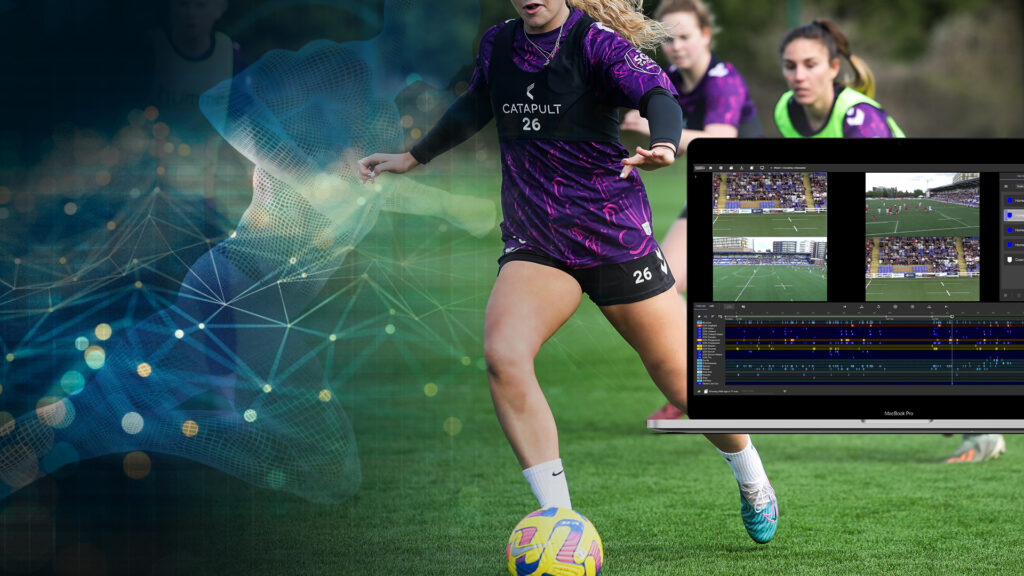Sports have changed a lot over the years. New technology has made games faster, safer, and more exciting. Athletes now train with better equipment, and fans enjoy watching sports in new ways. These changes are known as sports technology trends, and they continue to shape the future of sports. From smart gear to virtual reality, technology is making sports better for everyone Learn More at mario-super.
The Role of Technology in Sports
Technology helps athletes improve their skills and stay healthy. With smart fitness trackers, players can monitor their heart rate, speed, and endurance. These devices help coaches plan better training routines. Video analysis is also a big part of modern sports. Coaches use slow-motion replays to study a player’s movements and find ways to improve performance.
Sports technology trends also help referees make better decisions. Video assistant referees (VAR) and goal-line technology are now used in football to check if a goal was scored. In tennis, the Hawk-Eye system tracks the ball’s path to see if it landed inside the court. These tools make sure the game is fair and accurate.
Wearable Technology for Athletes
Wearable devices have become a big part of sports training. Smartwatches and fitness bands track an athlete’s progress. They measure steps, calories burned, and sleep patterns. Some advanced devices even track muscle activity and hydration levels. This information helps athletes stay in top shape and avoid injuries.
Another exciting sports technology trend is smart clothing. Some sportswear now has sensors that monitor movement and posture. These clothes help players improve their technique and prevent injuries. For example, smart shoes track running patterns and give feedback to help runners perform better.
Virtual Reality and Augmented Reality in Sports
Virtual reality (VR) and augmented reality (AR) are changing the way athletes train. VR headsets let players practice in a simulated environment. This is very useful for sports like basketball, where players can practice shooting without needing a real court. Football teams also use VR to study different game situations and improve strategies.
Augmented reality adds digital information to the real world. AR glasses can show real-time stats while a player is practicing. Fans can also use AR to see extra information while watching a game on their phones or tablets. These technologies make sports more interactive and fun.
Smart Stadiums and Fan Experience
Going to a stadium is now more exciting than ever. Many stadiums have high-tech features to give fans a better experience. With mobile apps, fans can order food from their seats, watch instant replays, and check live stats. Some stadiums even have 5G internet, allowing fans to share their experience online instantly.
Another big change in sports technology trends is the use of facial recognition. Some stadiums use it for security and ticketing. Fans can enter without a paper ticket by simply scanning their face. This makes entry faster and reduces long lines.
E-Sports and Online Gaming
Technology has also created a new type of sport called e-sports. These are competitive video games where players compete just like in traditional sports. Games like FIFA, NBA 2K, and League of Legends have millions of fans worldwide. E-sports events fill stadiums, and players earn big prizes.
Live streaming platforms make it easy for fans to watch their favorite gamers play online. Many professional athletes also use video games to relax and connect with their fans. The rise of e-sports shows how technology is creating new ways to enjoy competition.
Smart Equipment and Training Tools
Smart equipment is helping athletes perform better and train safely. In football, smart balls have sensors that track speed and spin. In baseball, smart bats analyze a player’s swing to find ways to improve. Even swimming has high-tech suits that reduce water resistance, helping swimmers go faster.
Coaches also use AI-powered training tools. Artificial intelligence can study an athlete’s movements and suggest improvements. AI helps teams plan better game strategies by analyzing opponents’ strengths and weaknesses. This data-driven approach is one of the biggest sports technology trends today.
Injury Prevention and Recovery Technology
Preventing injuries is important for every athlete. Sports technology trends have introduced new ways to keep players healthy. Cryotherapy, which uses cold temperatures to reduce muscle pain, helps athletes recover quickly. Compression therapy improves blood flow and speeds up healing.
Some teams use special cameras to detect signs of fatigue in players. This helps coaches decide when to give athletes a break. There are also smart helmets in sports like American football that track head impacts to reduce the risk of concussions.
The Future of Sports Technology
Technology will continue to change sports in the future. Robots may assist in training sessions, and AI might help referees make even better decisions. Fans will also get more interactive experiences, with virtual reality allowing them to feel like they are in the game.
As sports technology trends evolve, athletes, coaches, and fans will all benefit from these advancements. Whether it’s through better training, improved safety, or enhanced fan experiences, technology is making sports more exciting than ever before.
Conclusion
Sports technology trends are shaping the way athletes train, compete, and recover. Wearable devices, smart stadiums, virtual reality, and AI-powered tools are changing the game. These advancements help players perform better and keep fans more engaged. As technology continues to grow, the future of sports looks more exciting than ever.

